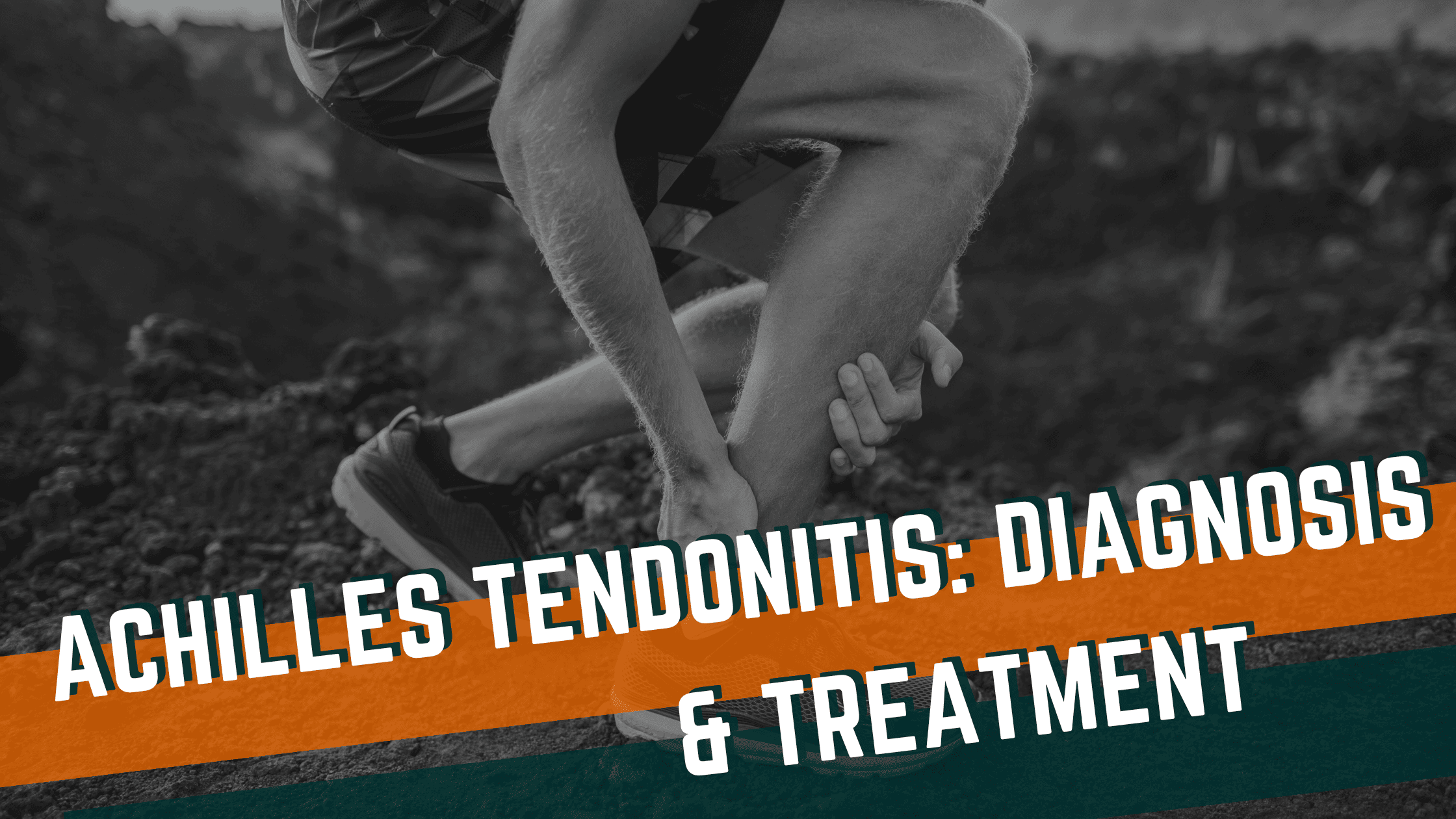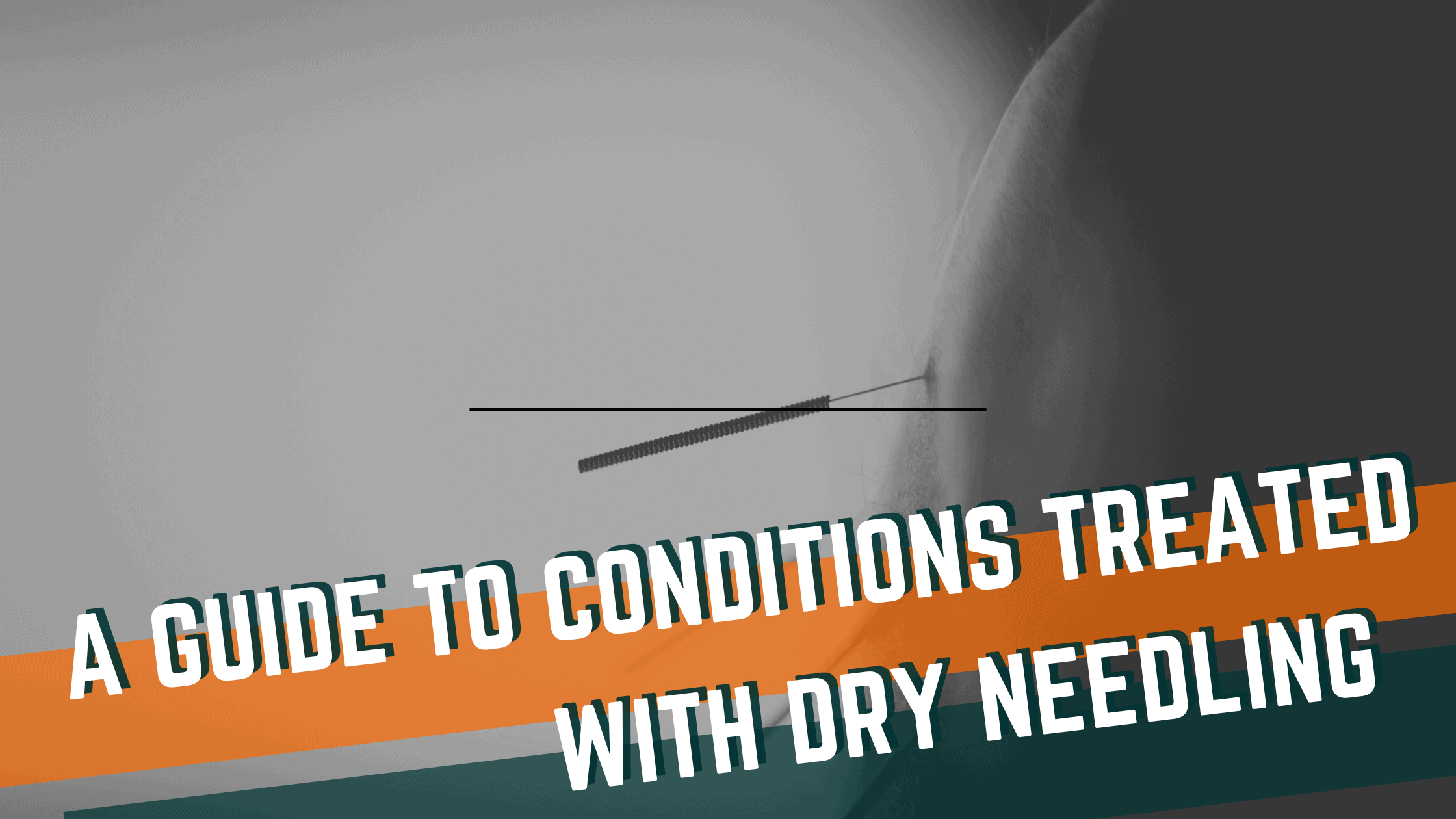
As the weather warms up and you’ve started adding miles to your runs, you might have started noticing a subtle increase of a nagging pain beginning in your shins. As the nagging pain increases and starts limiting your runs, you might do some research and find the internet talking about shin splints and many different ways to combat it. There are a few crucial things to understand with “shin splints”. First, it is not a diagnosis. “Shin splints” is simply an umbrella term used to describe a variety of different injuries that can occur in the lower leg. Second, it is important to identify which structure is actually injured or irritated to develop the best plan to return to running. In this article, we will outline the four most common causes of shin splints and how to manage each appropriately.
Most Common Causes of Shin Splints
Stress Fracture
This is the most significant injury and will have the largest impact on training volume. During running, the body undergoes a large amount of impact. We see the bones of the lower leg undergo repeated microtraumas. If not able to recover appropriately, over time can result in stress fractures. Trying to continue to train through stress fractures can lead to more significant fractures and even more time off.
With stress fractures, pain characteristically comes on gradually and decreases with rest. As the damage progresses, the pain will begin to persist following exercise and begin to impact daily activities. There are two very important considerations to determine whether or not you may be dealing with a stress fracture:
- They typically get steadily worse with pain as exercise duration increases
- With movements like lateral step-ups, single-leg balancing, etc. we will often see pain shoot up when the athlete takes the pressure off of the injured leg.
If you are suspecting a stress fracture, do not hesitate to go see your doctor for imaging to confirm or rule out this condition. If imaging shows a diagnosis of a stress fracture, a period of non-weight bearing will commonly be prescribed to allow the bone to heal. Once cleared to begin impact activity, a running form analysis to determine technical faults and a gradual return to running progression is encouraged.
Medial Tibial Stress Syndrome
The most common presentation of shin splints during running is medial tibial stress syndrome. This diagnosis commonly causes pain in the lower 1/3rd of your shin on the inside of the bone. Most often, the pain will begin to present early in a workout, will have the ability to warm up with longer runs, and then completely resolves with rest. There are many different muscles in the lower leg that can contribute to the development of medial tibial stress syndrome. The most common are the soleus and posterior tibialis.
A thorough evaluation combined with a run form assessment typically helps athletes return to full sports participation in a short period of time. A solid strength program and minor adjustments to any running fault will allow these muscles to improve performance and decrease pain.
Compartment Syndrome
Compartment syndrome is the third common these cause of shin splints. In this condition, blood fills the anterior compartment of an athlete’s shin. With the increase in blood, pressure will build in the lower leg until pain and/or weakness stop the athlete from being able to continue running.
Typically with compartment syndrome, pain comes on at a consistent time or mileage in the run and resolves after stopping exercise. The main thing we find in athletes with compartment syndrome is a few common running faults such as overstriding and an excessive heel strike. With a running form assessment, we can develop a plan to improve running mechanics to decrease the pressure build-up in the shins. We also want to work on strengthening the anterior compartment so it is able to improve tolerance to pressure. We use these exercises as a great place to start building strength in the front of the shin.
Tendinitis
The final of these causes of shin splints diagnosis we will cover is tendinitis or tendinopathy. In this condition, one or more of the lower leg muscles is being pushed more than what it can recover from. This eventually leads to the tendon becoming irritated and painful. The classic presentation of tendinopathy is that initially, you will notice pain following exercise. For those whose pain has progressed further, symptoms can often show up early in a run but then decrease as the athlete warms up. If gone untreated too long, pain may stay constant and begin to interfere with daily activities. With a thorough examination, the tendons that are irritated can be found, and then proper exercises to target strengthening can be employed to return to running.
Treatment for tendinitis traditionally involved lots of stretching. More recently, sports performance research has shown stretching to not be the best route. Instead, we focus on loading and strengthening the tendons back to full health. Challenging the right muscles with the proper dosage of exercise is imperative to return to running pain-free. We utilize the creeper walk to target many of the muscles crossing the ankle.
If you’ve been running with shin splints and are ready to get back to pain-free running at the highest level, schedule an appointment! Our physical therapy team specializes in helping athletes get back to the activities they love without pain, medications, or surgeries.
Recent Articles
Achilles Tendonitis: Diagnosis & Treatment

Hip Pain in Runners

A Guide to Conditions Treated with Dry Needling

Reconnect to the CORE Postpartum: Pelvic Floor Exercises for Postpartum Healing

Preventing Back Pain in CrossFit: Key Considerations for Training Safely

